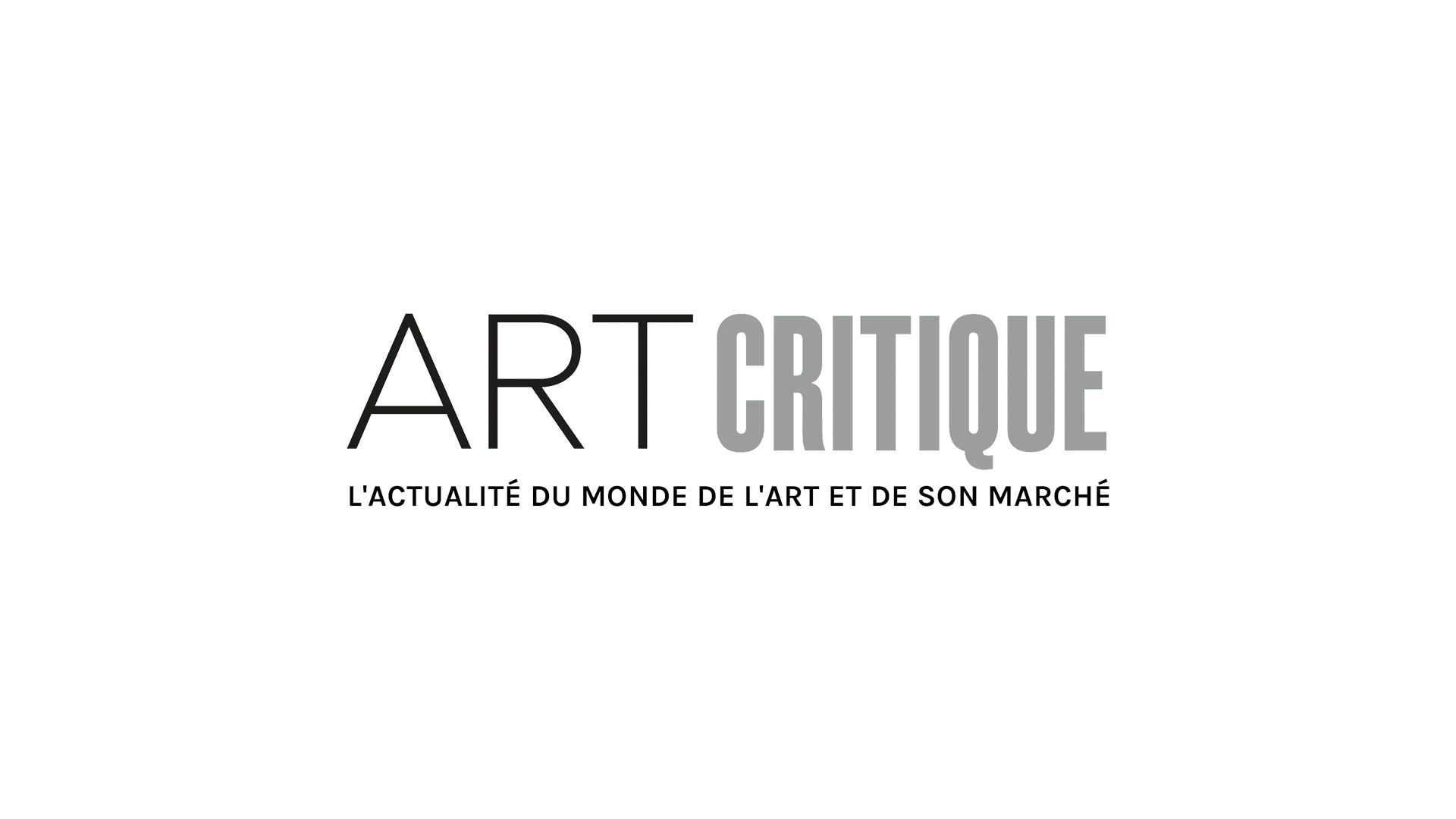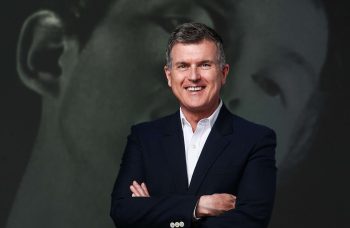In 1963, John Crosby drew a three-panelled comic strip for the New York Herald Tribune. The first panel, split horizontally with the top half in grey and bottom half in white, is accompanied by a caption that reads “Marc Rothko has lowered the blinds”. The second panel below, entirely white but also divided in two (this time vertically), is accompanied by the following caption “Barnett Newman closed the door”. Finally, the last panel at the bottom of the page, entirely grey, is captioned as follows, “and Ad Reinhardt has turned out the lights”. By these three representational drawings, John Crosby proclaimed that American abstractionism had come to an end. After having featured the lives and works of Rothko and Newman, Art Critique now turns its attention over to Ad Reinhardt and his particular position at the end of abstract expressionism and the beginning of minimalism.
Ad Reinhardt was born in New York in 1913, the year when “Malevitch painted the first geometric abstract painting” as he liked to point out, nine months after the Armory Show as he further clarified during his retrospective at the Jewish Museum of New York in 1966, thus placing himself in the lineage of current avant-garde artists to which this exhibition was dedicated.

Reinhardt was quite knowledgeable in art history when he studied at Columbia University before joining the American Artists School and then the National Academy of Design in New York to specialize in painting. His first pieces, mainly collages produced in the 1930s, fell within the tradition of abstract art. At the end of the war, he regularly published “Art Comics” in the left liberal anti-fascist and anti-communist magazine PM then, later, in the ArtNews magazine. His cartoons, created in the form of drawings or collages, were often satirical towards the New York arts scene but also critical of some artistic works themselves. Consequently, in the text accompanying the cartoon entitled “How to Look at Modern Art in America” he takes a stand against artists claiming to fall within the traditions of abstraction and representation. In the same way, he also opposed abstract expressionists as they tried, in his opinion, to reconcile abstract art and surrealism, two movements at war in the 1930s. From Reinhardt’s perspective, abstract art should be free of everything, not only of representation but also of expression. In an essay written in 1960 he explained, “I find all the attempts to combine art with other things extremely detrimental both intellectually and esthetically. I want to make all the boundaries stronger. The problem of abstract art is essentially a negative and absolute problem.”

Beginning in 1950, Reinhardt started to use the complete surface, meaning he covered his large format canvasses from edge to edge. He worked on a series of red and blue paintings with a limited range of shades which gave each of his paintings a formal unity as epitomized by his 1952 piece, Number 5 (Red Wall), made from a multitude of overlapping orange rectangles. In 1953, as indicated in his notes, he added two new rules to his practice of using identical shapes of similar shades, he abandoned the “principles of asymmetry and irregularity” and decided to use “pale colours”. However, the use of pale colours combined with uniformity in terms of layout meant that criticism was inclined to give his work an ostentatious reading and prompted him to abandon colour as early as 1954. Reinhardt then worked with nuanced tones of black that he arranged according to overlapping vertical and horizontal lines. From 1960 until his death in 1967, he simplified his process and made black paintings that consisted of two intersecting strips, one vertical and one horizontal, that divided the space into nine squares. These Black Paintings are square-shaped measuring about 1m50 x 1m50 in reference to the average width of a viewer standing in front of it with their arms stretched out wide. Reinhardt said about this kind of painting, “I’m simply doing the last paintings that anyone can do”. He used the square format for its neutrality, eliminated arrangement by using a three-panel process, abandoned direction by using a horizontal form to negate a vertical form, circumvented the qualities of light and contrast related to colour by exclusively using black and he eliminated the textural qualities associated with painting by systematically erasing all traces of brush work. It was about creating “a pure painting, abstract, non-objective, atemporal, without space, without change, without reference to anything else, disinterested – an object aware of itself (nothing unconscious), ideal, transcendent, forgetful of all that is not art (absolutely no anti-art)”.

If this position of radically closing off art to the outside world enabled Reinhardt’s works to be taken up by the next generation’s minimalist artists (Donald Judd wrote in 1964 that, “their initial appearance of black nothingness illustrates the point that a work of art can truly be nothing) his Ultimate Paintings are not perceived as materialistic works by his contemporaries. In 1957 Reinhardt gave Thomas Merton, a monk, a small rectangular painting which heralded his upcoming black series. Although the monk did not share all of the artist’s theoretical perspectives, he described the piece as follows, “It’s a small painting that is truly very religious, devout and devotional”. While the piece may not have had a religious theme, it still inspired a kind of spiritualized apprehension. According to Éric de Chassey, the painting itself nevertheless supported meditation because, “the extreme focus on the latter’s materiality, on its formal methods, produced a paradoxical result which is precisely the overtaking of this materiality”. For Rosalind Krauss, on the other hand, it’s the composition itself that rouses spirituality, “In the West no painter can ignore the symbolic power of the shape of the cross, neither can they ignore, when they use this shape, the spiritual references contained in this Pandora’s box”, she wrote in her seminal essay Grids. Whatever the reasons for this ambiguous response between materialism and spiritualism, Reinhardt’s final paintings demonstrate the complexity of his abstraction which was not altogether expressionist nor completely minimalist.






